- Nearly all OEMs will make the EV charging switch from CCS to NACS by the end of 2024.
- The new J3400 EV charging standard will make charging more convenient and reliable.
- Gas stations and joint ventures will open more EV charging stations.
ADVERTISEMENT
In 2023, over 1.2 million people purchased an EV, and very few were priced under $40,000. Many of those EVs, including those made by Tesla, Rivian, Volkswagen, and General Motors, qualified for tax incentives, and many others, including those made by Kia, BMW, and Porsche, did not.
While 2023 saw more EV sales than previous years, experts from Cox Automotive and Kelley Blue Book are predicting that 2024 will be “the Year of More,” relating to EV inventory, incentives, and most importantly – infrastructure.
Could this be the year that EV sales reach 10%? And more importantly, could 2024 be the year that the industry and the public figure out EV charging?
Challenges and Milestones in Expanding EV Charging Infrastructure Across America in 2024
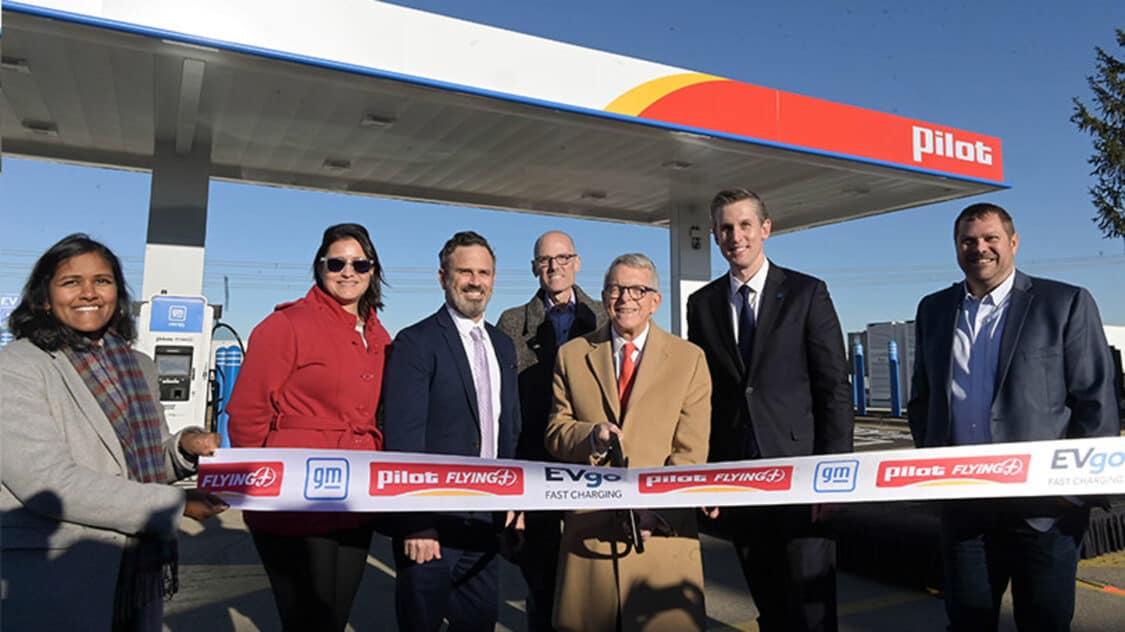
When 2023 ended, through the $7.5 billion Federal Highway Administration’s National Electric Vehicle Infrastructure (NEVI) Program, only 1(one) EV charging station had been built. On December 13th, the nation celebrated the debut of its first EV charging station near Columbus, Ohio. This kickstarted the Administration’s plan to build over 500,000 chargers, connecting 79,000 miles of American roads.
Ohio’s new charging location at the Pilot Travel Center along Interstate 70 at U.S. Route 42 is the first of thousands that will fill gaps in charging, add capacity, and boost the reliability of our nation’s fast charging network. It’s equipped with fast chargers capable of providing up to 175 kW when at least four cars are charging – enough to power an EV to 80% in 20-40 minutes depending on vehicle battery. And while charging, drivers can enjoy the convenience of easily accessible food, beverages, and roadside needs.
Funds has been delivered to states, but they are struggling to get the funding to contractors. My daughter works for a civil engineering firm that is tasked with deciding where to put charging stations. It’s a time-consuming process, as they must analyze highway usage, utility availability, and costs – all while staying within the federal government regulations.
While there are plenty of Level 2 charging stations around the US, the country is lacking in fast-charging infrastructure. Some areas have too many fast-charging stations, while others have too few. Anyone who owns an EV in a busy metropolitan area – especially in California, Florida, and New York – knows that EV charging infrastructure needs help.
2024 EV Charging Challenges
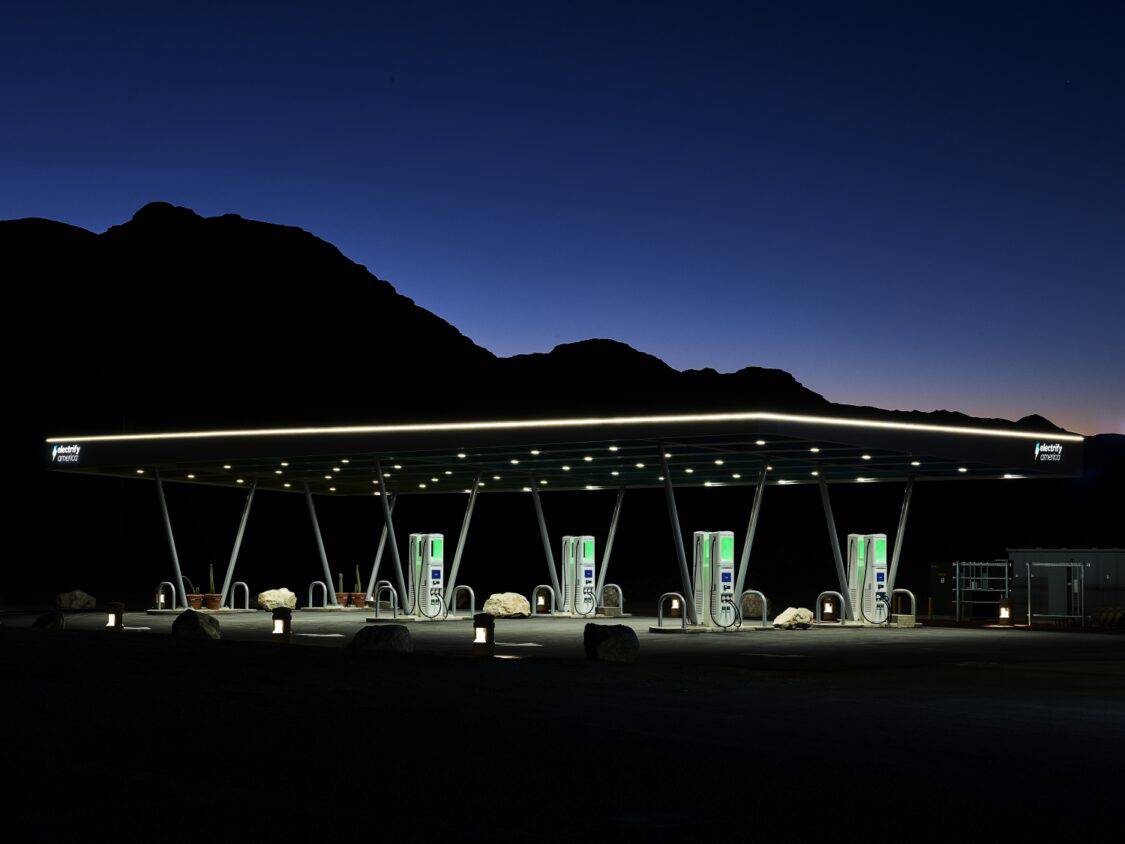
The top three challenges with EV charging are location, location, location. The fourth challenge is more complicated.
Confusion and Inconsistency
Charging is confusing, especially as the vehicle ports and charging plugs are not yet standard. While one is on the way in the form of J3400, EVs built before late 2024 still have the mixture of CCS, NACS, ChaDeMo, and J1772 plugs. Some EVs charge at a snail’s speed – like the Bolt and ID.4, while others can get in and out quickly.
The Chargeway App has a color-coded and numerical system that simplifies charging. However, the system has not been adopted by charging companies like Electrify America and ChargePoint. If they would label their chargers with the appropriate color and number, EV drivers might make better choices with their charging stops. Maybe the Chevy Bolt users would stick to the 150 kW chargers so Kia, Rivian, BMW, and Hyundai owners could access the 350 kW chargers to keep the lines moving.
ADVERTISEMENT
Weather and Charging Speeds
Weather and up-time also create challenges. If you drive an EV where the temperatures drop below freezing, you’ll quickly see your battery drain and charging slowed. Those 350 kW chargers slow to rates under 100 kW, so you not only are forced to drive slower in slippery conditions but your route is slowed by the turtle-paced charging stations.
Down-Time and Back-Up Plans
If you drive a gas-powered car, it’s easy to find a fully functional gas station. And, if one is down for maintenance, there’s usually another around the corner. Not with charging stations. If one is down, you might not see another for 50 miles. EV drivers have to plan for the worst – that a charging station is not functional. All EV road trips require backup plans, and sometimes those backup plans require overnight stays due to the lack of Level 3 chargers.
Standardization is Coming
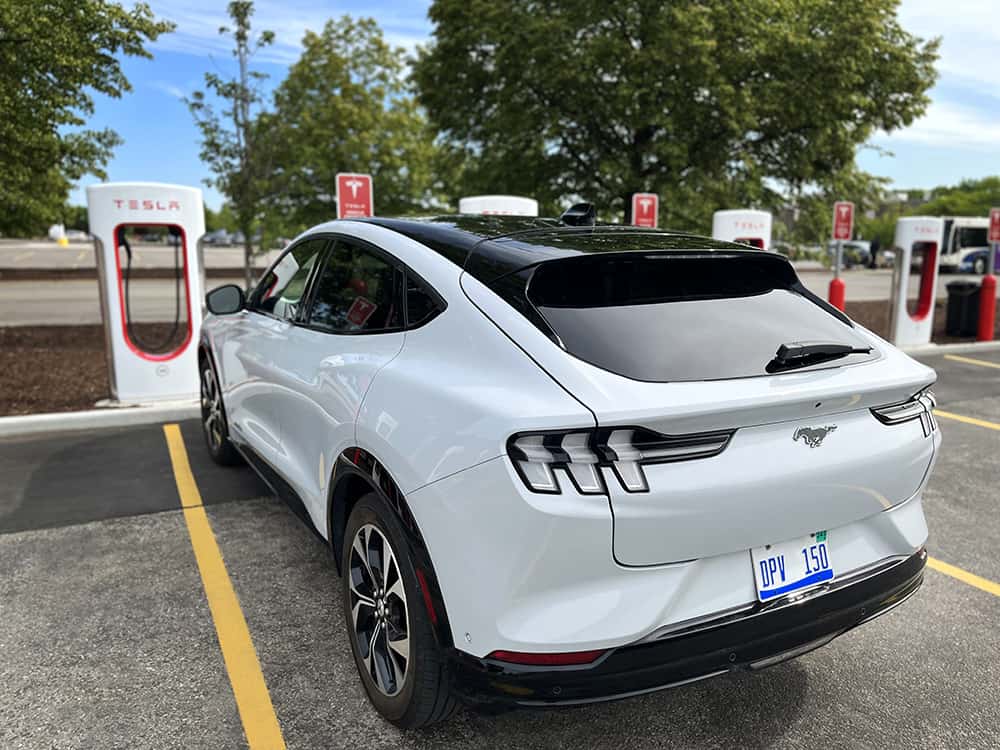
With the federal incentives, Tesla made a major decision to open its charging network to other OEMs. At this point, the only automaker that hasn’t committed to changing over to the North American Charging Standard (NACS) is Stellantis. It’ll be interesting to see what happens when the Dodge Charger EV is ready for delivery.
As OEMs begin to make the change from CCS to NACS, the Society of Automotive Engineers (SAE) has developed a new charging standard – J3400. The project was completed in record time, and soon OEMs will begin installing these new ports in their newest EVs. These ports will work with Tesla Superchargers and DC Fast Charging stations like those from Electrify America.
ADVERTISEMENT
In Q4 2024 and Q1 2025, EV drivers will be able to exhale as range anxiety should become a thing of the past. Non-Tesla EVs will have easy access to thousands of Tesla Supercharger stations, and older EVs will be able to use adaptors to access them.
Standardization will also include payment systems. Now, non-Tesla EV drivers have to use a variety of apps to access charging networks. They must have their credit cards on file or swipe them at the station to pay for electricity. Once the J3400 ports are in place, most new vehicles will pay through the plug, as the charging networks will bill EV drivers based on their VIN. This provides more financial protection for drivers who will only have to worry about one account rather than several.
Joint Ventures and Charging Networks
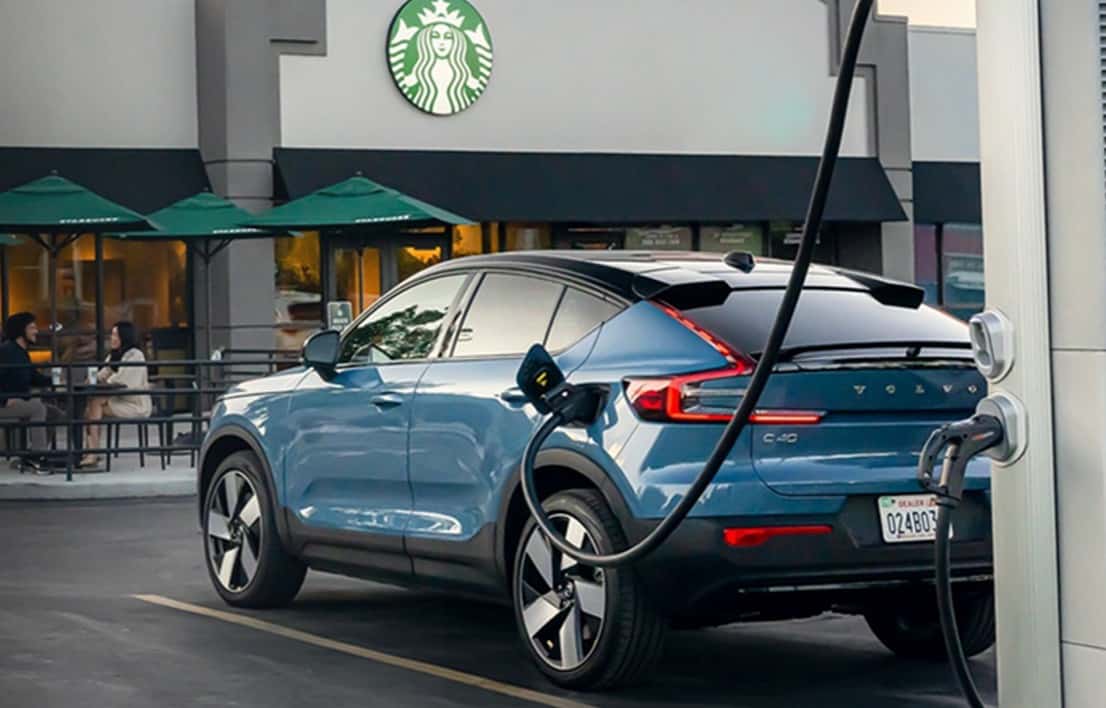
Around North America, EV companies are partnering with organizations like Buc-ee’s, Starbucks, Volvo, and Hilton to create convenient destination charging stops. These joint-venture charging stops provide activities for EV drivers while they wait 20-30 minutes for their batteries to fill. Hoteliers with Level 2 charging stations offer convenience for travelers with EVs.
Even more exciting is the joint venture between seven major North American automakers. BMW Group, General Motors, Honda, Hyundai, Kia, Mercedes-Benz Group, and Stellantis are joining together to add more than 30,000 high-powered EV chargers along highways and in major city centers.
They are expected to start opening in the summer of 2024 and should include CCS and NACS ports. These state-of-the-art charging stations will have amenities like canopies, restrooms, food service, and retail stores. Some will be considered flagship charging stations with premium features for EV drivers. EV drivers will find the charging stations through smartphone apps and vehicle infotainment touchscreens. The joint venture will allow most EV drivers to pay for charging through a plug-and-charge technology rather than swiping credit cards.
Gas Station Adoption
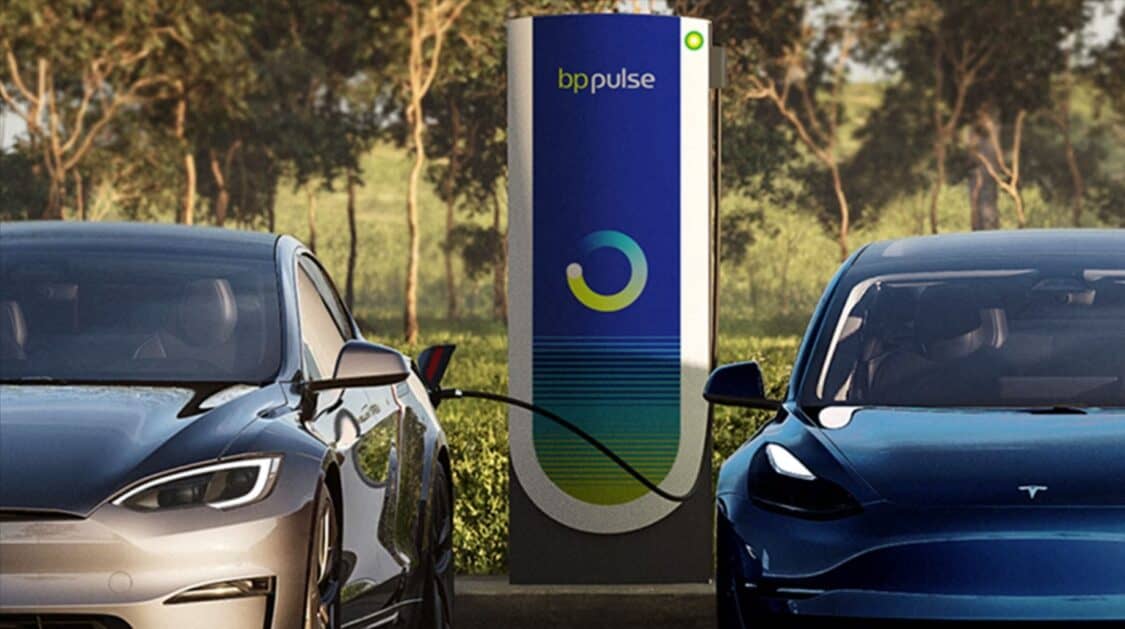
Gas stations are also getting into the EV charging game. For example, Buc-ee’s and Mercedes-Benz are working together to build charging hubs at several of the Texas-based chain’s gas stations along I-75 and I-95. The partnership should add about 30 charging stations by the end of 2024. If you’ve ever visited a Buc-ee’s, it’s easy to imagine spending 20 to 30 minutes wandering the vast store and eating something delicious from its wide-ranging menu of pastries, BBQ, and salty snacks.
Other gas stations are adding EV charging infrastructure. BP is adding $100 million in Tesla charging hardware through its BP Pulse EV charging. By 2023, the petroleum giant is expecting to dedicate $1 billion to EV charging stations.
ADVERTISEMENT
Shell has already added 40,000 EV charging stations around the world, and plans to have 70,000 public charging stations in 2024 and 2025. The global petroleum giants are seeing the financial benefits of powering electric vehicles, not just gas-powered vehicles.
Home Charging Solutions
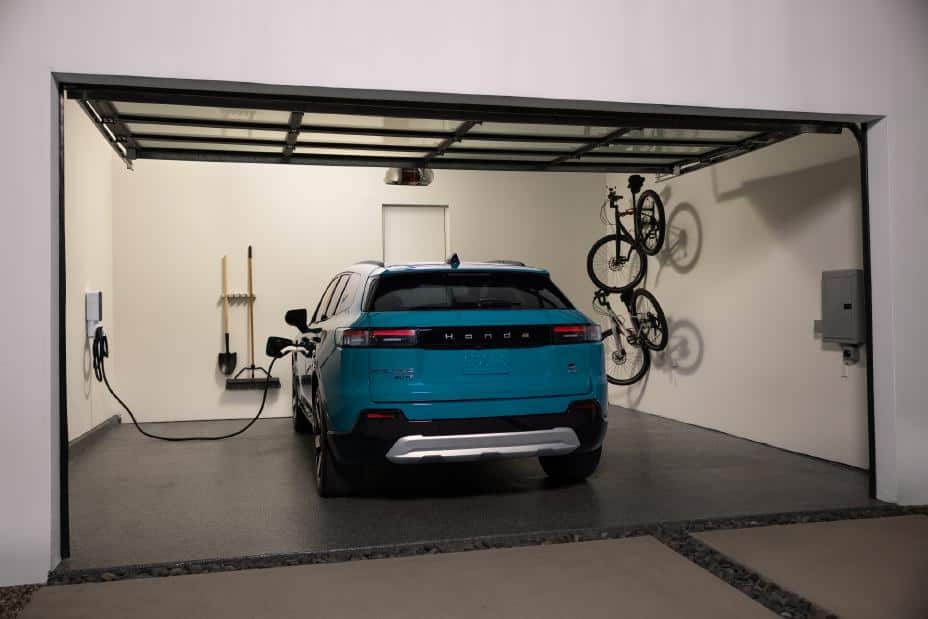
Experts claim that 80 percent of EV charging happens at home, and OEMs are creating incentives and opportunities for drivers. In the fall of 2023, Hyundai provided drivers who purchased or leased an IONIQ 5, IONIQ 6, or Kona EV with a free ChargePoint Home Flex Level 2 charger.
Many local utility companies continue to offer discounts and incentives for EV drivers who install home charging stations. The automaker also has the Hyundai Home Marketplace so EV drivers can purchase sustainable products like home chargers, solar panels, and energy storage systems. Honda is also offering home-charging products for buyers who purchase the new Prologue EV.
As automakers look for ways to entice buyers, expect more of them to offer home charging incentives.
ADVERTISEMENT

FEATURE IMAGE: KIA
FTC: We use income-earning auto affiliate links. Learn more.


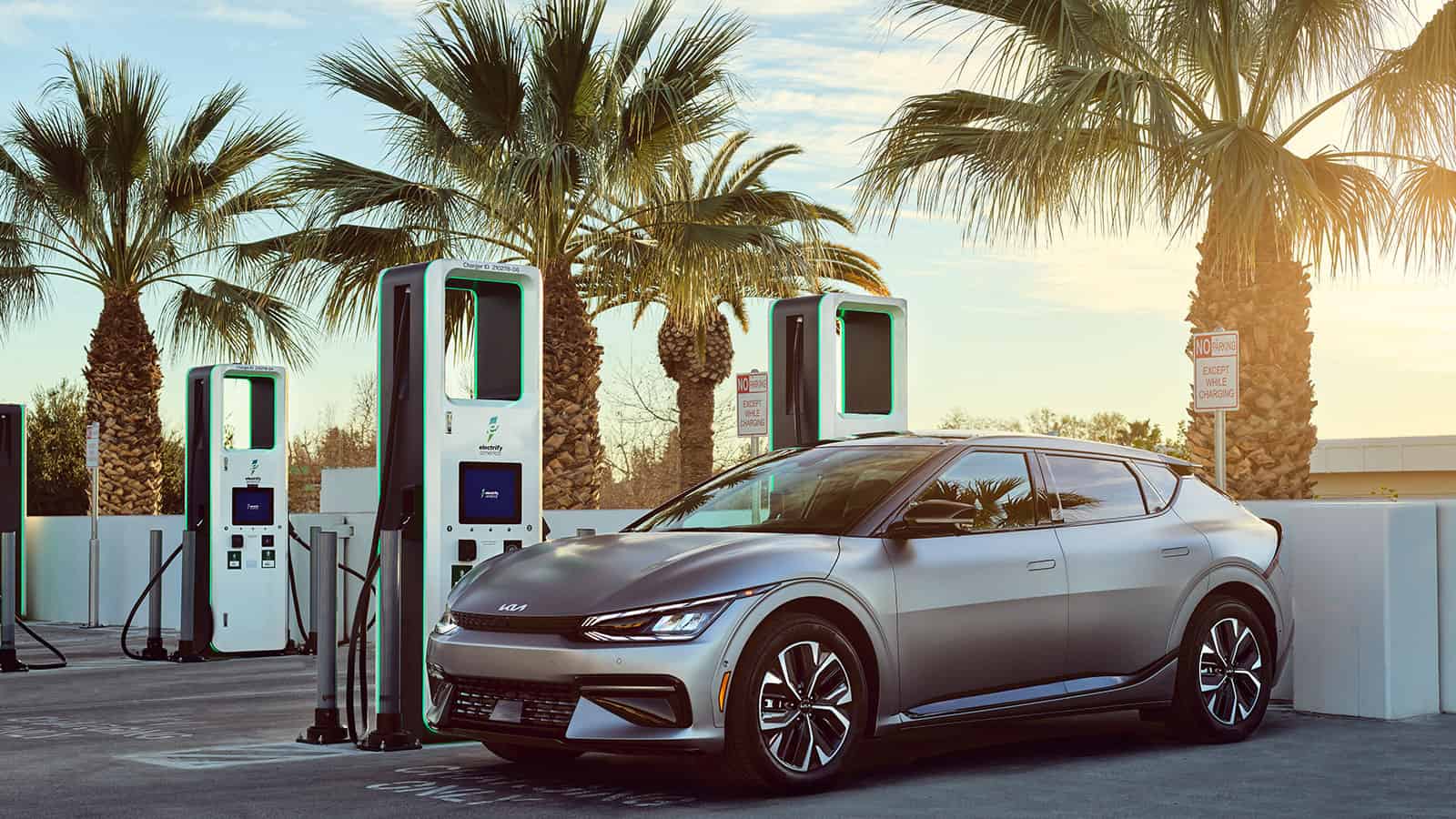


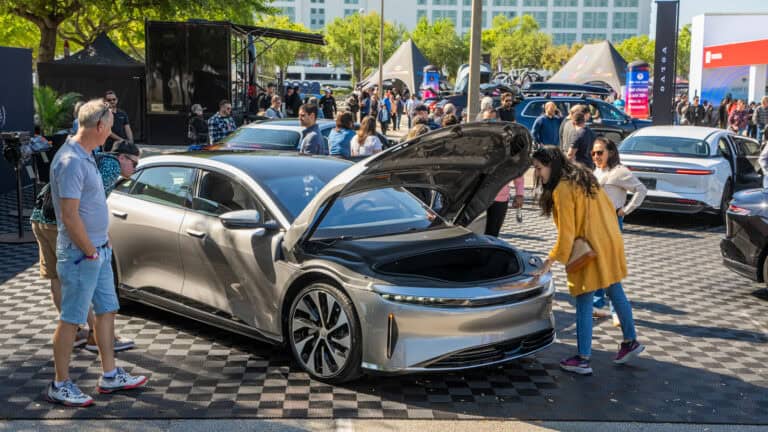

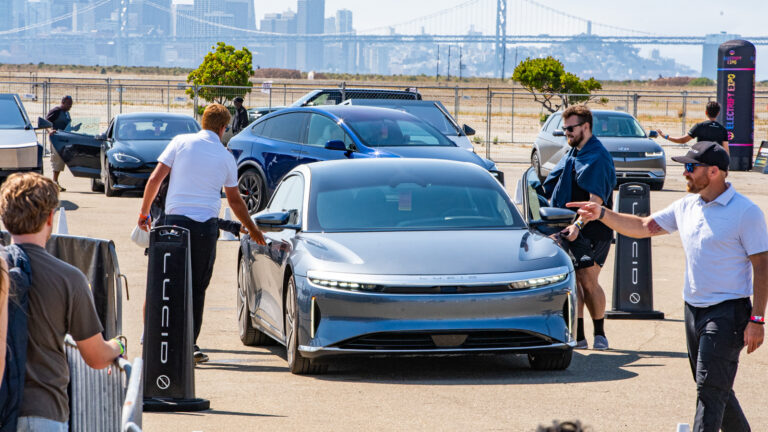
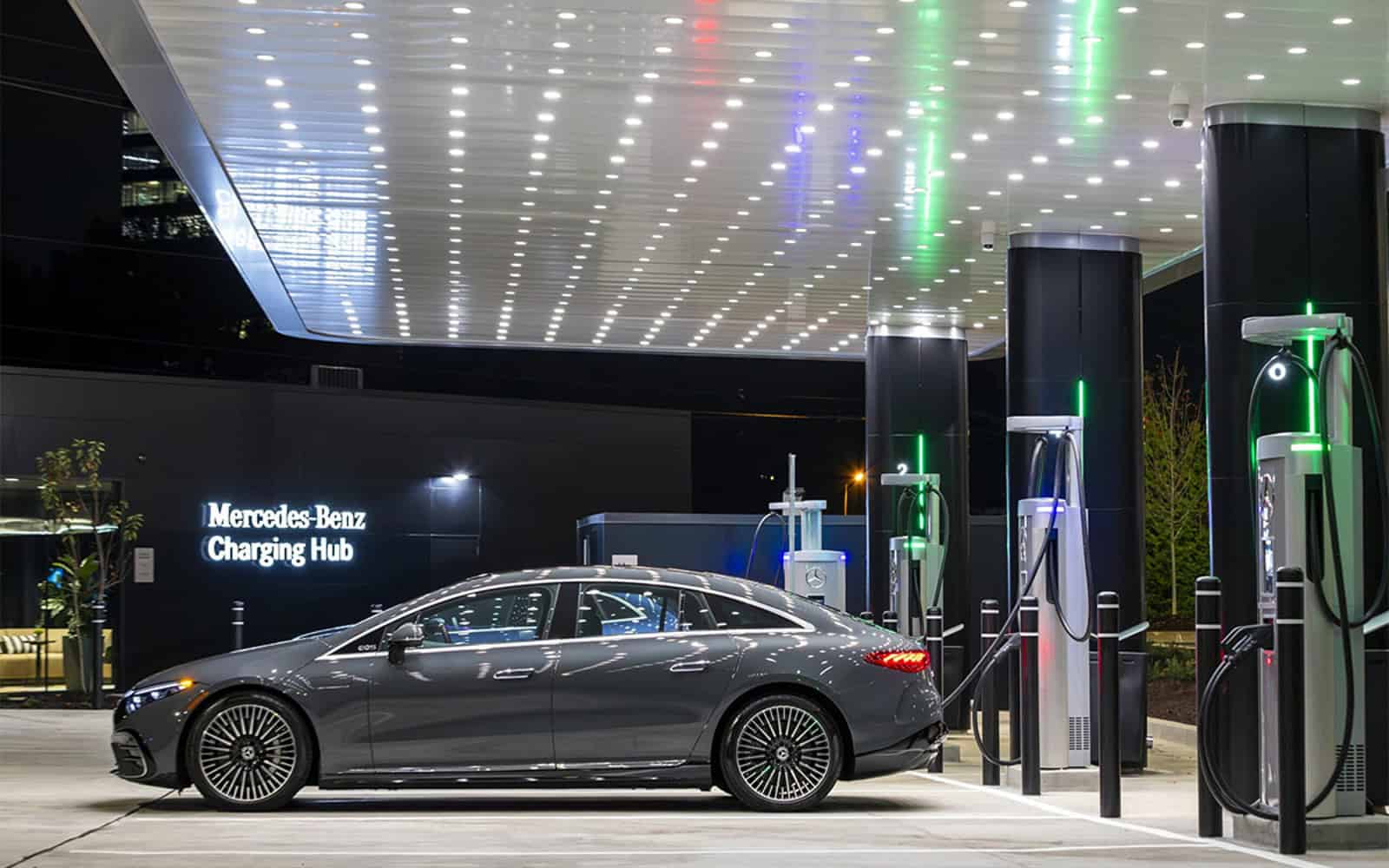
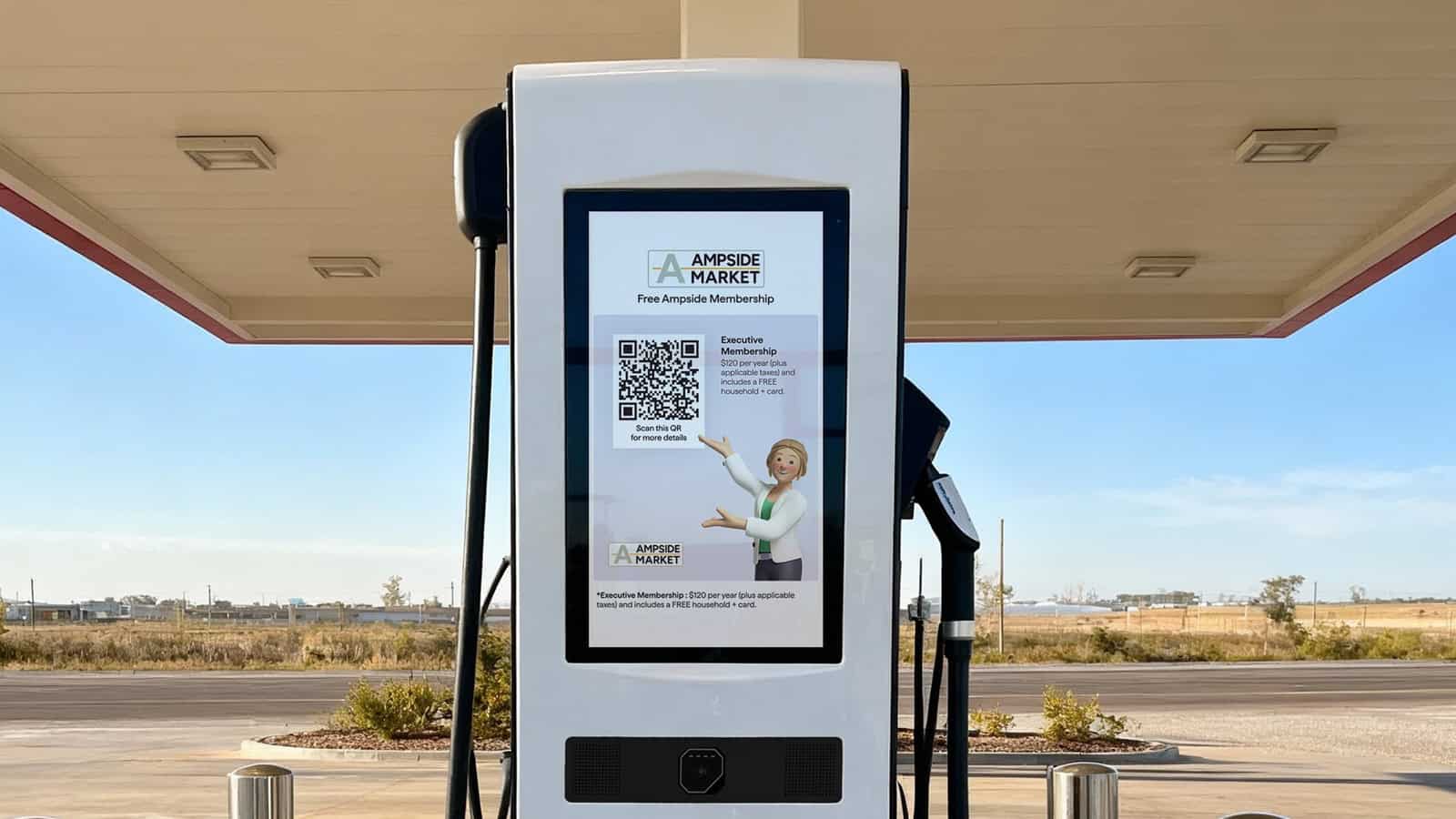
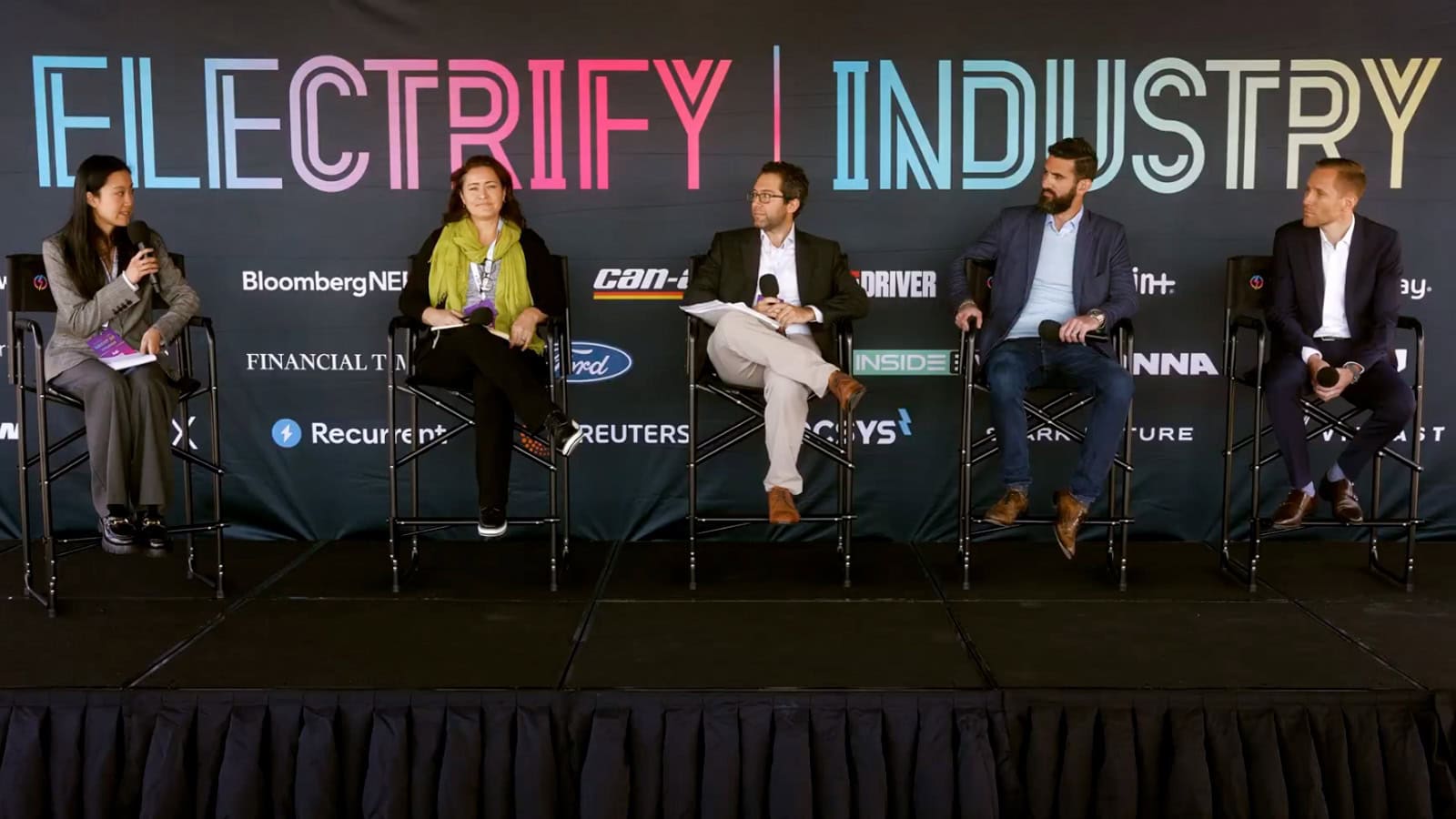
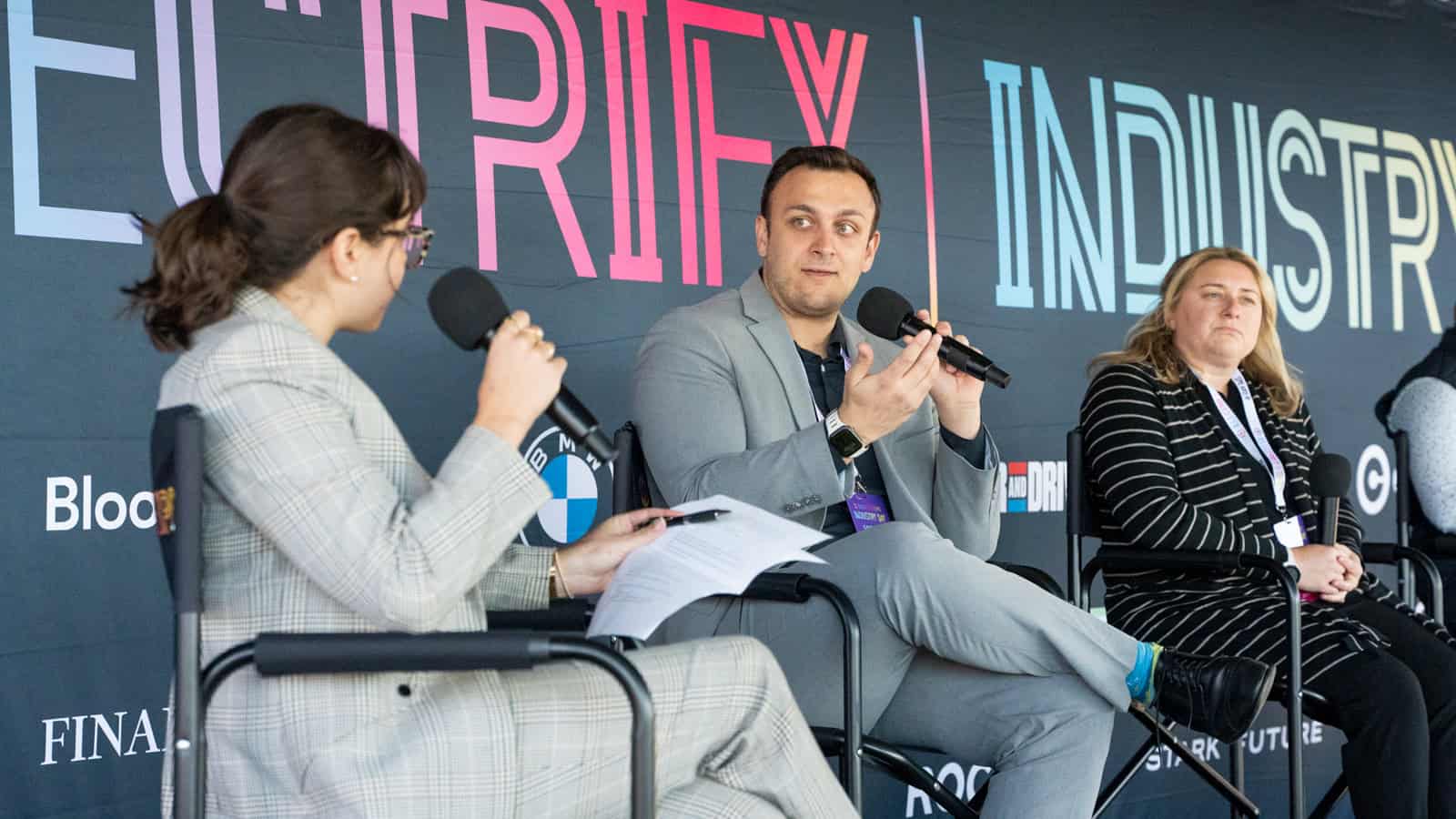
2 Responses